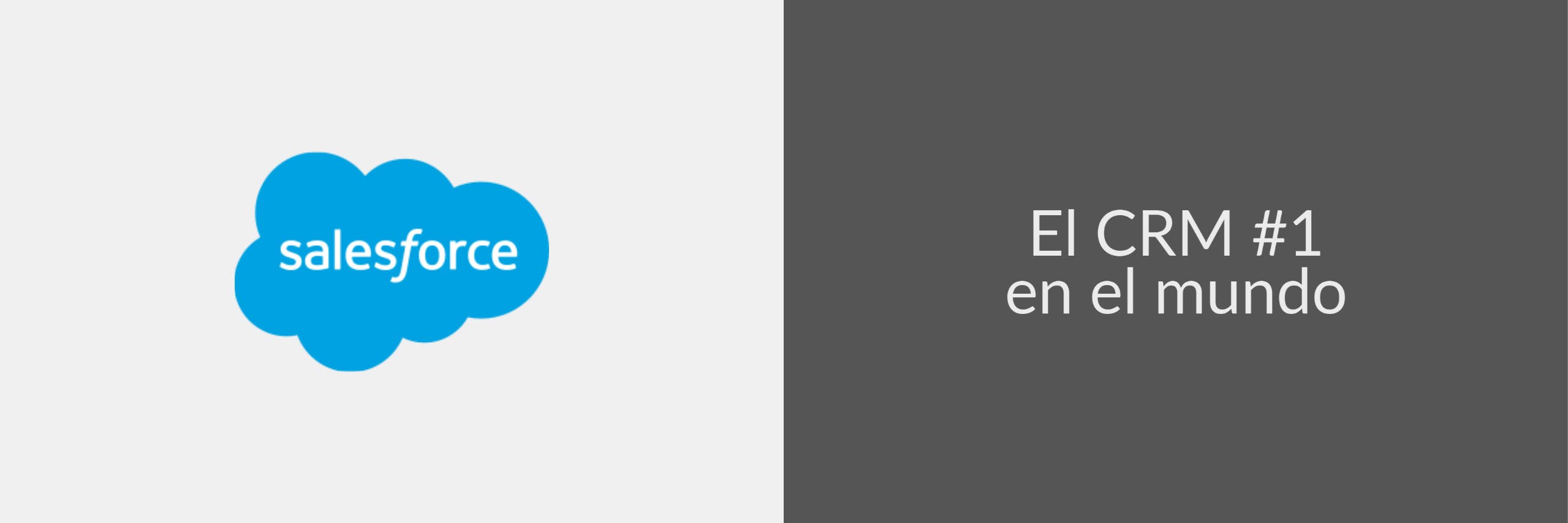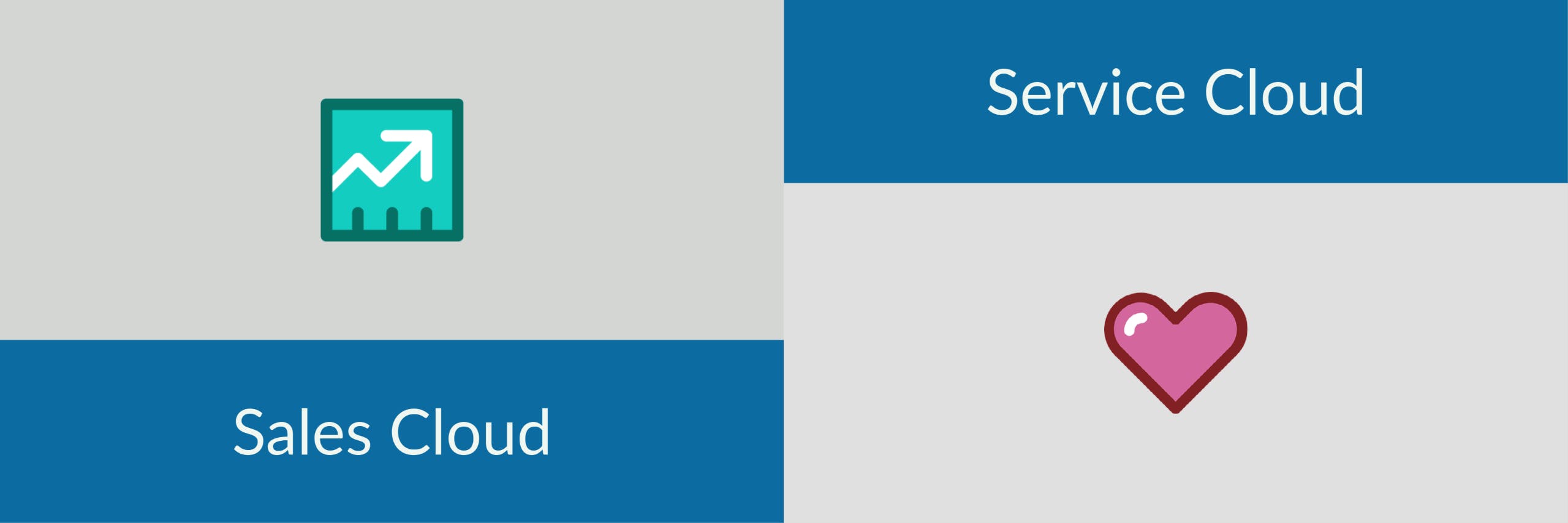¿What is Salesforce?
Ep. 1 - Pilot | Know the #1 CRM system in the cloud. From sales to marketing, to promote progress in your business.
Introduction to Salesforce
 Salesforce is a cloud systems company, best known for its CRM, Sales Cloud. Designed to boost business and sales of any company, regardless of its size or turnover.
Salesforce is a cloud systems company, best known for its CRM, Sales Cloud. Designed to boost business and sales of any company, regardless of its size or turnover.
Salesforce has several types of dedicated clouds to fit every sector and industry. These can be accessed directly from a browser without the need to install or download anything.
Clouds in Salesforce

Sales Cloud and Service Cloud are the most popular clouds. Many times when we name Salesforce we refer to Sales Cloud.
When we talk about a cloud we refer to a complete and standard system that can be customized according to the needs of each business, either through simple configurations as well as developments using code. This allows an enormous adaptation of the system to the business model of each company.
Sales Cloud is focused on automating and accelerating sales processes, while Service Cloud allows you to monitor and improve customer service, through phone calls, email and other channels.
Each cloud specializes in a field and has specific functionalities. Far from being canned systems, they receive updates and new features every 4 months, called Releases.
Marketing Cloud

Marketing Cloud is a platform acquired by Salesforce in 2013, specially designed for pre-sales and marketing communications. With connections to multiple channels such as Email, SMS, notifications, advertising, social networks and more; it has the potential to take the customer experience to the next level.
These channels are divided into modules such as Email Studio, Mobile Connect for SMS, Mobile Push for notifications, Web Studio for web pages as well as content tools and integration with other systems.
In the next article we will see why the Marketing Cloud approach is exclusively focused on the person as the center of communications, how this can serve to create a unified experience and the technical aspects behind.